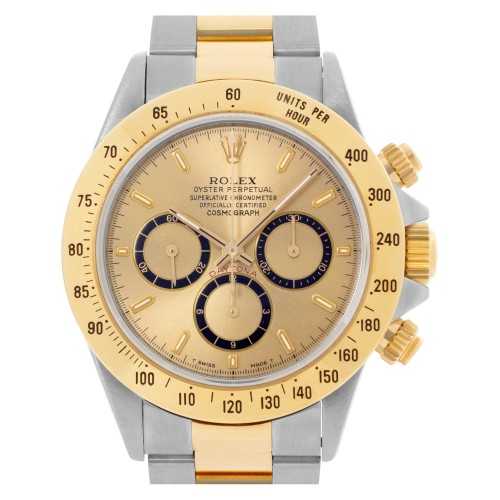What’s the Breitling Navitimer Cosmonaute?

For luxury watch enthusiasts, the Breitling Navitimer hardly needs an introduction. With its slide rule created to calculate complex navigational computations, the “Navi” is an iconic watch that Breitling released in 1954 specifically for pilots. However, a special edition, called the Breitling Navitimer Cosmonaute may not be as well-known. So let’s get right to it and discover what exactly is the Breitling Navitimer Cosmonaute watch and look at a vintage Cosmonaute ref. 809 model.
The Birth of the Breitling Navitimer Cosmonaute
American astronaut Scott Carpenter (1925 – 2013) was one of the Mercury Seven astronauts chosen for NASA’s Project Mercury in 1959. Carpenter was also a Breitling Navitimer owner, having worn one while serving in the Korean War as a combat pilot. The story goes that Carpenter asked Breitling to make a space-ready Navitimer watch, but with a 24-hour dial (rather than the more traditional 12-hour dial). The reasoning behind this was to facilitate telling the time in space.
In an excerpt from Carpenter’s 2002 autobiography, “For Spacious Skies,” the astronaut further explains: “NASA needed to conform its practices to the ways of the future and anticipate the pressures exerted by changing technology. Nowhere on a 12-hour dial does it say ‘8 p.m.” Since the spacemen would be reading the times off in a 24-hour format, a 24-hour watch time display would make it easier for them to be “able to say what they read.”

The Swiss watchmaker of course obliged. And in 1962, when Carpenter flew into space on May 24, 1962, on NASA’s first manned mission focused on science, he had on his wrist a Breitling Navitimer Cosmonaute. This was the first time an American astronaut wore a wristwatch into orbit.
Just under five hours after liftoff, Carpenter’s Aurora 7 spacecraft landed in the Atlantic Ocean about 250 miles off target. As Carpenter waited to be recovered, his Breitling (still on his wrist) was submerged in the ocean and endured water damage. The watch was sent to Breitling for repair but instead, the company replaced it with a new one and unfortunately, the original Carpenter Cosmonaute was never to be found again.
Vintage Breitling Navitimer Cosmonaute 809

What we have here is a vintage Breitling Navitimer Cosmonaute ref 809, circa 1965. It sports a 41 mm stainless steel case with the characteristic knurled Navitimer bezel. It’s also presented on a matching stainless steel bracelet. As a chronograph watch, the Cosmonaute 809 has the two chronograph pump pushers flanking the winding crown.
Although the silhouette of the watch is most certainly attractive, the main appeal lies in the dynamic dial. First, we see the 24 hours, as per astronaut Carpenter’s request. Running the periphery of the dial is the Navitimer’s hallmark slide rule, while the trio of registers is placed at 3, 6, and 9 o’clock. Right under the Breitling logo is the “Cosmonaute” label, signaling that this is, in fact, the Navitimer specifically modified for space. As is correct for the period, the dial is protected by an acrylic crystal.

Powering the Cosmonaute is the manual-wound Venus 178 movement, the same as the ones used as the traditional Navitimers of the era. However, the movement was modified to move the hour hand around the dial at half speed to correspond to the 24-hour time display.

A great piece of history that merges Swiss watchmaking and American space exploration, the vintage Breitling Navitimer Cosmonaute tells a fascinating story of modifying watches to suit a particular audience. It reminds us that wristwatches were once regarded as essential tools and not just beautiful works of art that we like to wear on our wrist. Omega may have gone on to become NASA’s official watch supplier for space travel, but Breitling was there first.
Hands On With The Patek Philippe Grand Complication 5159R
NEXT ARTICLE
January Birthstone Garnet Jewelry





